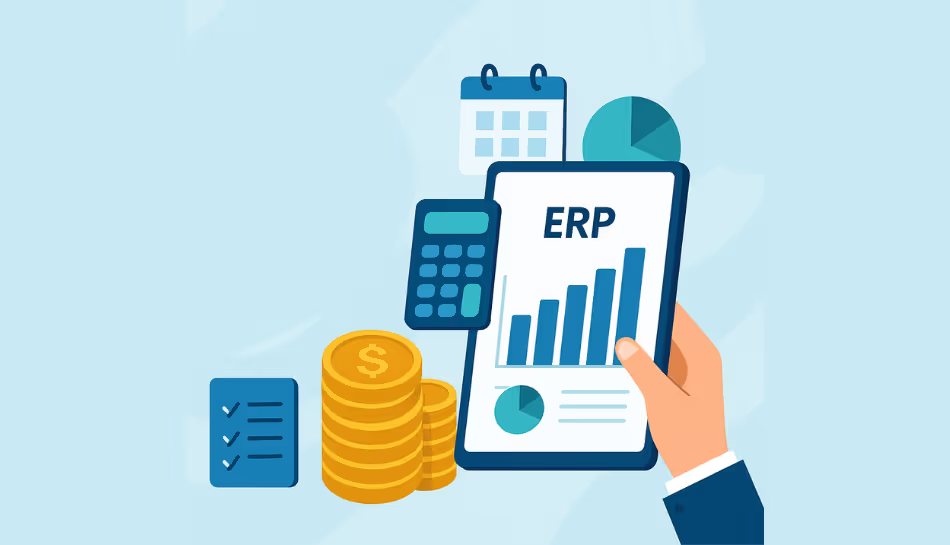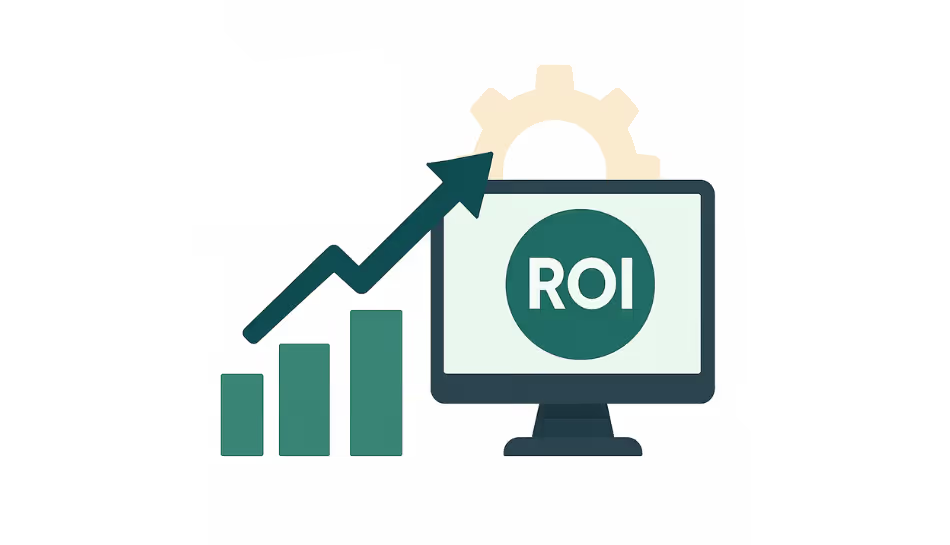Investing in an ERP system is one of the biggest steps a business can take toward streamlining its operations, boosting productivity, and scaling faster. But before jumping in, it’s critical to understand one thing: the cost of implementing an ERP system.
ERP pricing can vary widely, from a few lakhs to several crores, depending on your business size, the features you need, and how you plan to deploy it.
Why ERP Budgeting Matters
Many ERP projects fail not because of bad software, but due to unclear or underestimated budgeting. Knowing what to expect helps you:
- Avoid hidden costs
- Allocate resources effectively
- Select the right vendor and features
- Plan for long-term ROI
Components of ERP System Cost
When calculating the cost of an ERP system, break it down into the following areas:
1. Software Licensing or Subscription
This is the core of your ERP software price, but it’s just the beginning.
2. Implementation & Customization
ERP implementation cost depends on how much you need to tailor the system. Expect this to be 1.5x–2.5x the software cost.
Activities include:
3. Training
A well-implemented ERP won’t help unless your team knows how to use it.
Training may cost ₹25,000–₹1 lakh, depending on the number of users and complexity of the system.
4. Data Migration
Transferring data from spreadsheets or legacy systems isn’t just copy-paste. Data must be cleaned, mapped, and validated, adding to both cost and time.
5. Support & Maintenance
If you're using a cloud ERP, support is often bundled into your subscription.
For on-premise ERP, factor in annual maintenance contracts (AMCs), typically 10–20% of your software cost.
Tips for Setting an ERP Budget
Here’s how to keep your budgeting practical and effective:
1.Start with your must-haves
List the core features you need, finance, inventory, HR, etc. Prioritize them over “nice to have” features that can be added later.
2.Plan for implementation, not just purchase
Don’t let your budget focus only on the ERP software cost. Implementation, training, and change management often take up 40–60% of the total budget.
3.Ask about hidden costs
Clarify if the pricing includes updates, training, user support, or any extra modules.
4.Consider long-term ROI
A system that improves accuracy, saves hours of manual work, and boosts decision-making will pay for itself in 1–2 years.
Final Thoughts
The cost of ERP software varies, but what really matters is whether the system delivers lasting value. Set a realistic budget by understanding your needs, knowing what’s included, and planning for both setup and long-term use.
For growing businesses, options like Bigsun ERP offer scalable, affordable solutions with transparent pricing, custom-built to fit your budget and workflow.
Because in 2025, ERP isn’t a luxury. It’s a necessity, and it should be priced like an investment, not a gamble.



